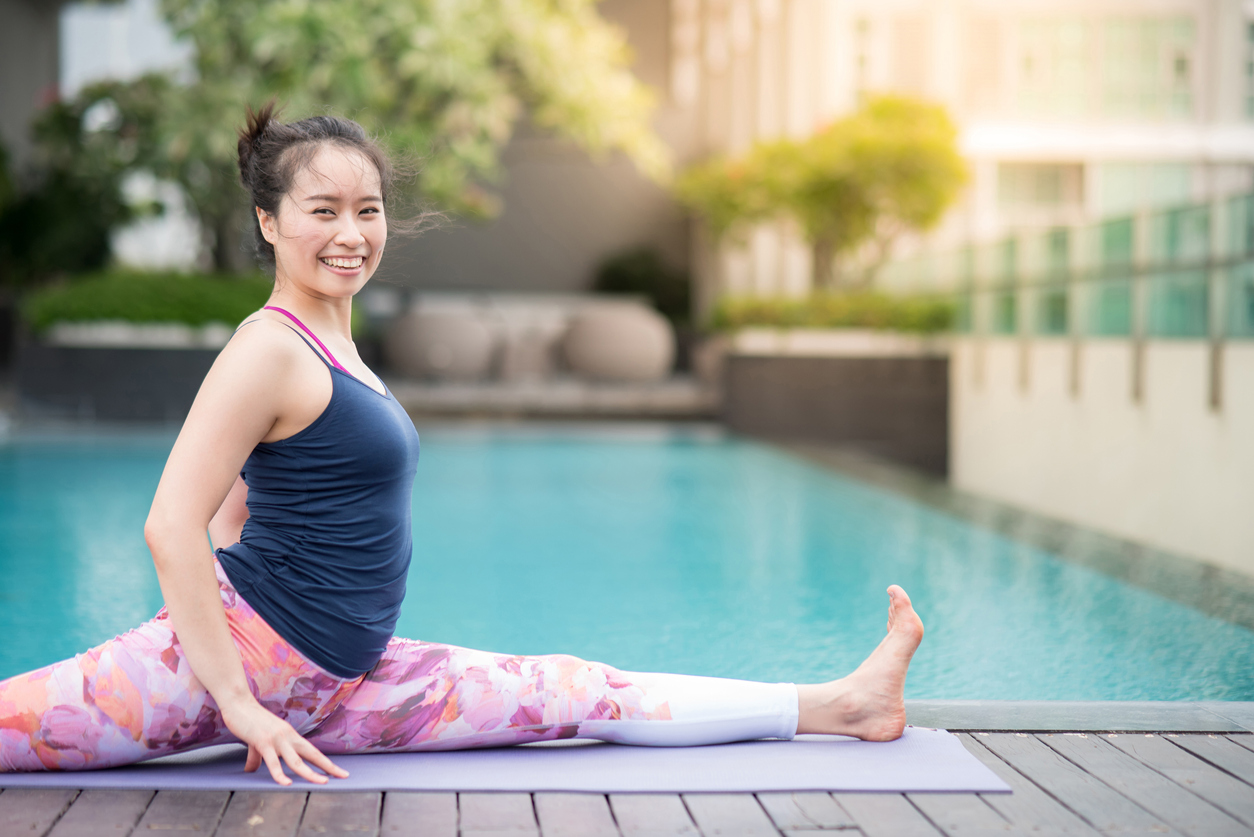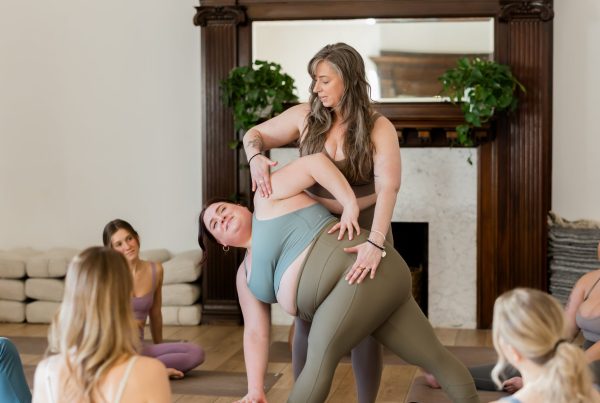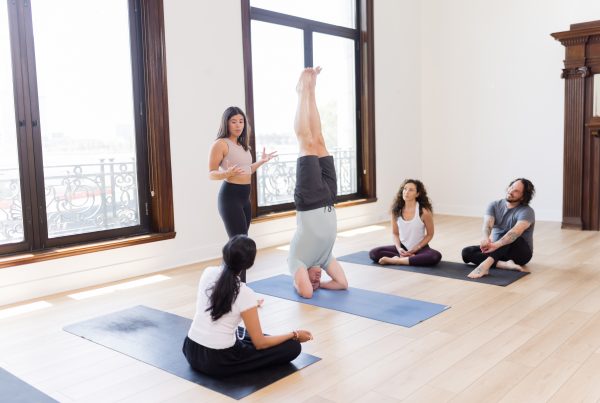As a yoga teacher, you can be many different roles to those that come to your yoga classes. Some come to class for a full body workout, which is our job to deliver for both body and mind. Some will share personal struggles, like the passing of a parent or recent job loss. Some will be healing from an injury or surgery, and will share because they will need pose modification instructions. Some have been practicing yoga for 50 years and ask ways to make the practice more geared to gentle yoga. Some tell you of their current divorce or financial worries, and they still find the money to take your yoga class. Most times you find all of this information out 10 minutes before the yoga class begins.
Ways To Practice Self-Care As A Yoga Teacher
 Our jobs as yoga teachers is to listen, offer compassion, and use the asana to facilitate openness, even if momentarily. In the high powered, maximum intensity life can sometimes feel like, yoga provides relief.
Our jobs as yoga teachers is to listen, offer compassion, and use the asana to facilitate openness, even if momentarily. In the high powered, maximum intensity life can sometimes feel like, yoga provides relief.
With all that we do for students, it is vital that we remember self-care. Let’s review four self-care experiences you can do as often as possible.
1. Go for a walk outside
Research has proven the scientific benefits of getting out in nature and enjoying a walk. Links to stress relief within minutes of being outdoors has been associated with reduced muscle strain, blood pressure, and brain flurry. Some days a yoga teacher can be inside a yoga studio for hours, and it’s that breath of fresh air needed after teaching that restores and rebalances. Current studies have pointed to people who walk leisurely as happier than runners, recreation tennis players, even those that practice yoga because it is about taking it one step at a time. Putting one foot in front of the other, even if for only 15 minutes, can create such joy that lifts away any depletion of energy. During the walk, our “chitta vritti”, Sanskrit for “mind chatter”, is calmed and able to process more evenly, every step of the way. Try it after teaching your next yoga class or private yoga session, and go outside for walk.
2. Practice yoga
The ultimate “practice what you teach” principle is a true self-care act. Yoga promotes better health. One hour to 90 minutes deliveries the physical and mental strength needed to perform at your highest level. Different than any other workout, yoga uses your body weight to tone and define your muscular system. In addition, yoga activates the parasympathetic system that releases tension and restores equilibrium. Full body toning, working with an injury, prescribed by your physician for aid in disease treatment, or as a way to heal and maintain your overall health, the investment in self-care will produce an invaluable return for your quality of life. Remember to keep practicing yoga when teaching yoga.
3. Meditate
 Meditation benefits are abundant. Studies indicate that meditation can lower blood pressure and stress levels. Meditation allows you to tune in to, to listen internally. Noticing the fluctuations and natural course of your thinking, helps the mind find stillness. By observing, you’re able to let go of attachment to outcomes and results. Find 10 minutes a day to sit down and go inward. Begin by finding a comfortable seat. Propping your sit bones up on a blanket, cushion, etc. will make it easier to sit for an extended period of time. A mantra to begin with can be as simple as “let go”. On the inhale, silently repeat to yourself “let” and on the exhale, silently repeat to yourself “go”. Meditating is a great practice to do daily for self-care.
Meditation benefits are abundant. Studies indicate that meditation can lower blood pressure and stress levels. Meditation allows you to tune in to, to listen internally. Noticing the fluctuations and natural course of your thinking, helps the mind find stillness. By observing, you’re able to let go of attachment to outcomes and results. Find 10 minutes a day to sit down and go inward. Begin by finding a comfortable seat. Propping your sit bones up on a blanket, cushion, etc. will make it easier to sit for an extended period of time. A mantra to begin with can be as simple as “let go”. On the inhale, silently repeat to yourself “let” and on the exhale, silently repeat to yourself “go”. Meditating is a great practice to do daily for self-care.
4. Get bodywork
All a personal preference that is healthy to explore and know, massages can be a tremendous help. Teaching yoga can take a toll on your physical body. Having regular bodywork keeps your muscles and tendons loose. Also a detoxification method by the stimulation of your soft tissues, massage frees toxins by way of blood and through your lymphatic systems. It can make all the difference for your state of mind, working with a massage therapist as often as you can is the paramount self-care for yoga teachers.
After you teach a yoga class and hear the student with the sore hamstring from a recent marathon say, “I feel so much better, that was an amazing class. Thank you. I don’t feel so tight anymore and can walk a little easier now,” you remember why you teach yoga. By caring for others, we teach an asana sequence that even if beneficial to one individual only, is the reason we teach yoga.
Start Becoming A Yoga Teacher Today
Yet we must remember to take care of ourselves equally to remain the consistent, steady teachers we have studied very long to be. Happy self-caring! To learn more about becoming a yoga teacher contract YogaRenew today!











